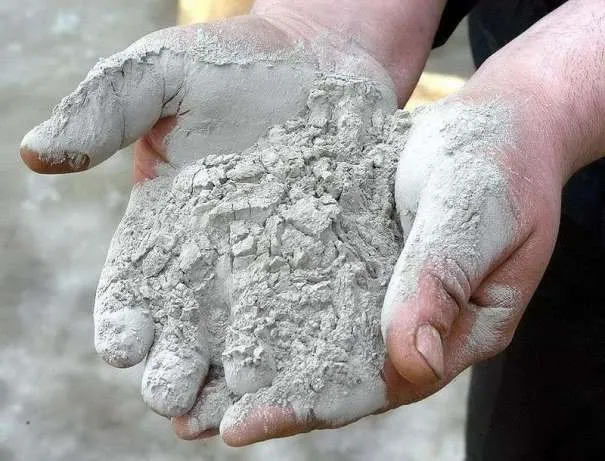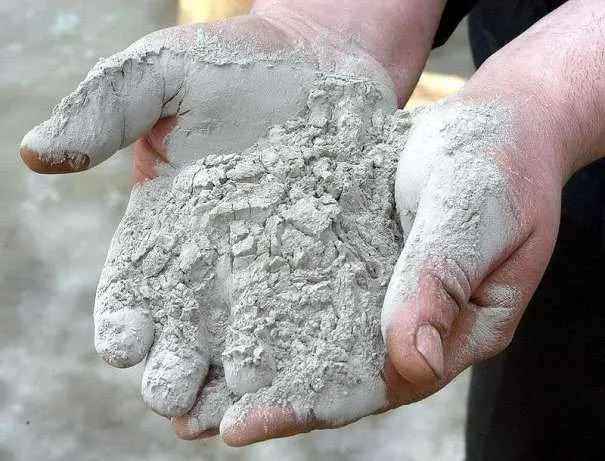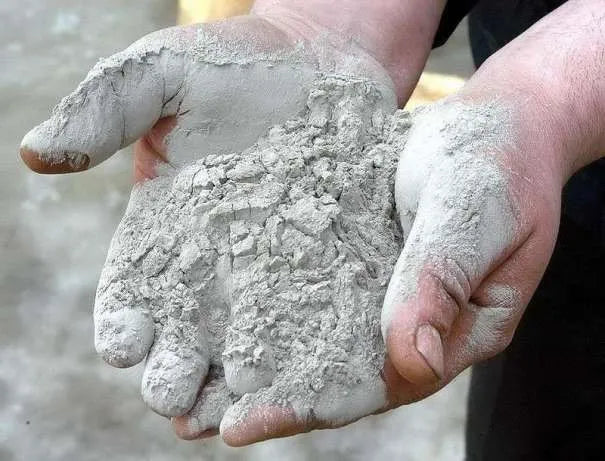Portland cement is a type of cement used as a binding agent in concrete. It is made by heating limestone and clay to high temperatures in a kiln. Portland cement was invented in 1824 by the Englishman Joseph Aspdin and patented in 1825. The name derives from its similarity to the stone quarried on the Isle of Portland, in Dorset, England.
Portland cement is one of the most used high-carbon cements because it has a high silica content, which represents 13% of its weight. Low heat of hydration is one of the main reasons for its widespread use. Generally, Portland cement has a heat of hydration of less than 400 degrees Fahrenheit, but some types have a heat of hydration as low as 225 degrees Fahrenheit. Silica also helps make Portland cement very workable, allowing it to be molded into forms such as concrete and tiles. Portland cement.
What is Portland cement?
Portland cement is a type of cement used in construction. It is a binder that sets and hardens independently. It is the most used type of cement throughout the world.
Portland cement can be made from limestone or clay. The limestone variant is called “Caliche”, while the clay variant is called “Portland”.
The main difference between Portland and Caliche cement is in their chemical composition. The first has a lower calcium oxide (CaO) content, but a higher silicon dioxide (SiO 2 ) content. Portland cement also has a higher content of aluminum oxide (Al 2 Ó 3 ), iron oxide (Fe 2 Ó 3 ) and magnesium oxide (MgO) as caliche.


The four most important clinker compounds, C 3 SC 2 SC 3 A and C 4 AF and the gypsum added after grinding form Portland cement. The different proportions of this component can be changed to produce different types of cement.
The typical composition of the individual components can be represented approximately as follows. However, this relationship may vary depending on the type of cement.
| Oxide component | Oxide composition and abbreviation | Average weight (%) |
| tricalcium silicate | 3CaOSiO 2 (C 3 S) | 40-60 |
| Dicalcium silicate | 2CaOSiO 2 (C 2 S) | 13-50 |
| tricalcium aluminate | 3CaO Al 2 Ó 3 (C 3 A) | 4-11 |
| Tetracalcium aluminum ferrite | 4CaOAl 2 Ó 3 ·Fe 2 Ó 3 (C 4 AF) | 7-13 |
| Other | 7-10 |
Due to the different composition, different types of Portland cement can also be produced. The table below shows the types of cement based on ASTM standards.
| ASTM type | Description | C 3 S | C 2 S | C 3 A | C 4 AF | CS̄ 2 |
| I | General purpose | 55 | 17 | 10 | 7 | 6 |
| II | Moderately resistant to sulfates | 55 | 20 | 6 | 10 | 5 |
| third chapter | High initial strength | 55 | 17 | 9 | 8th | 7 |
| 4 | Low heat of hydration | 35 | 40 | 4 | 12 | 4 |
| v | Sulfate resistant | 55 | 20 | 4 | 12 | 4 |
How to make Portland cement
Portland cement is a building material made from limestone, sand, clay and other materials. The Portland cement manufacturing process begins with heating limestone and clay in a kiln. The heated materials are then turned into powder. This powder is mixed with water to form a paste (a liquid mixture). The paste is then poured into steel molds where it hardens and takes on the shape of the mold.
Portland cement production involves eight important steps:
1. Calcinate limestone to heat it to 1,270°C (2,550°F).
2. Add ground charcoal to the lime.
3. Heat the mixture in the oven at 1,800-2,000 degrees Celsius until it forms a white powder-like mass that can be shaped into blocks or placed in molds and allowed to harden for 24 hours.
4. Grind the powder until you obtain a fine and uniform material.
5. Sift/sieve to remove any coarse particles or pieces of other ingredients that may be present in the cement .
6. Pour water into the mixture to replace the liquid lost during grinding and reach the desired consistency (between 10% and 20% by weight).
7. Drying or calcining until 80% moisture is reached, typically at 1,100 degrees Celsius (2,100 degrees Fahrenheit);
8. Cook at 80-200 degrees Celsius (176-392 degrees Fahrenheit).
Important processes in cement production
Acquisition of raw materials
Cement raw materials are required to produce cement. Limestone is one of the most used raw materials for the manufacture of cement. Limestone is crushed into fine particles and then heated to remove carbon dioxide and impurities. The heating process converts calcium carbonate into calcium oxide, which is then mixed with other ingredients to create clinker. This clinker can be further processed to produce cement.
The conversion of limestone into clinker is a complex process that occurs at high temperatures. The carbon dioxide released during heating converts to calcium oxide, and the calcium oxide reacts with the silica in the cement to form magnesium silicate.
Calcium carbonate (used to make lime for mortar and plaster) reacts with water to form calcium hydroxide and carbon dioxide. “Hydrogen sulfide (H 2 S), a chemical compound that smells like rotten eggs, releases sulfur dioxide when burned. This gas can react with other substances in the atmosphere to produce acid rain, which damages ecosystems by destroying plant life.”


Baking in the oven
The calcination process is a stage in the production of lime. Limestone, chalk or quicklime is heated to high temperatures without oxygen to produce quicklime and calcium oxide.
This process can be done by burning the carbon dioxide from limestone or chalk with fire. The first step in calcination is to heat the material and then cool it so that all traces of oxygen are removed from the material. The calcination process can be observed in the laboratory by heating the sample to the point where it releases oxide emissions and then cooling it. This creates a product called quicklime, which is pure calcium oxide.
Calcium carbonate, also known as lime, quicklime or calcite, is a widely used industrial chemical. It is mainly made by heating limestone in the absence of air with a small amount of carbon until all traces of moisture are removed and the material becomes white, dry and porous. Calcium carbonate has many uses and is found in building materials such as concrete blocks and marble.
Grind
Portland cement grinding is the process of crushing and grinding materials into small pieces using a mortar or other grinder. Grinding is the process of breaking and grinding materials into small pieces using a mortar or other grinder. Grinding may be performed to reduce the particle size of a material to facilitate machining, to produce an abrasive powder, or to reduce the bulk density of the material for disposal.
Impact on the environment
The environmental impact of Portland cement is not just limited to emissions. They also include the use of natural resources and the amount of waste this creates. Portland cement production is responsible for approximately 7% of global CO2 emissions and approximately 5% of global greenhouse gas emissions.
Nitrogen oxides have several negative effects on human health and the environment, including tropospheric ozone, acid rain, global warming, degradation of water quality, and visual impairment. Affected groups include children and people with lung problems such as asthma, and exposure to these diseases can damage lung tissue in people who work or exercise outdoors.
High concentrations of sulfur dioxide (SO 2 ) can harm breathing and worsen pre-existing respiratory and cardiovascular diseases. Asthmatics, people with bronchitis or emphysema, children and the elderly are among the vulnerable populations. The main cause of acid rain or acid precipitation is SO 2 .
In addition to having negative effects on the cardiovascular and nervous systems, carbon monoxide (CO) can also have harmful effects on health by reducing the supply of oxygen to the body's organs and tissues.
Reference: Internet and research publications

